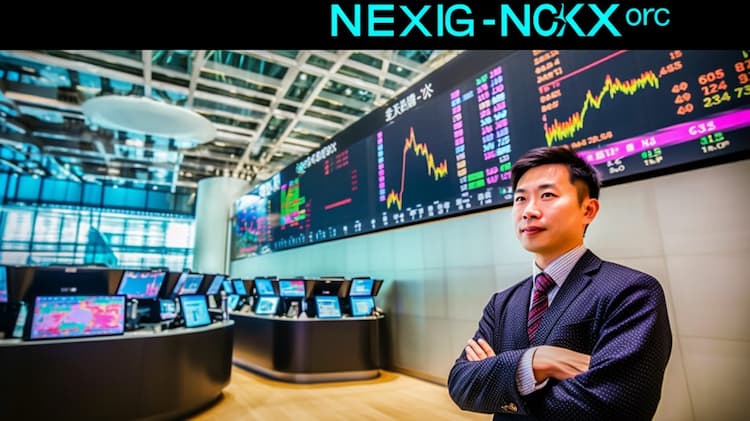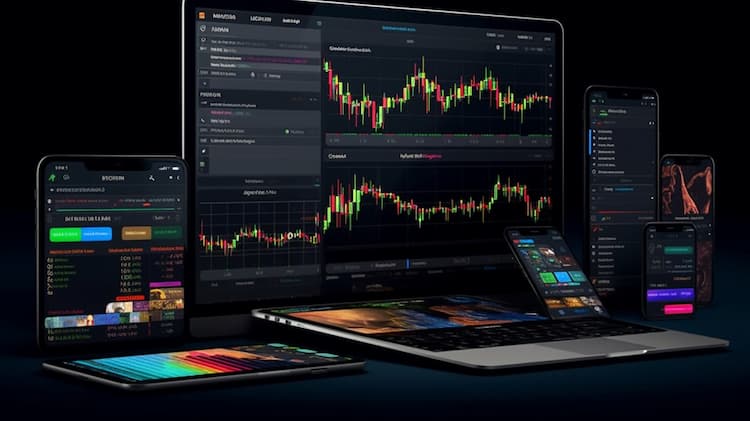
XLF VS KBWR : ETF Comparison Tool
Exchange-Traded Funds (ETFs) have transformed the investment landscape, providing investors with diversified exposure to various sectors and asset classes. In this article, we will undertake a thorough comparison between two prominent ETFs: XLF (Financial Select Sector SPDR Fund) and KBWR (Invesco KBW Regional Banking ETF). We will delve into key aspects such as ETF tickers, full names, issuers, sectors, top holdings, capitalization, strategy, tracking, and exposure.
XLF Vs KBWR: Overview
XLF and KBWR represent two distinct approaches to investing within the financial sector. XLF, the Financial Select Sector SPDR Fund, aims to provide investors with broad exposure to the entire financial services industry, while KBWR, the Invesco KBW Regional Banking ETF, focuses specifically on regional banks. By understanding their unique strategies, investors can make informed decisions based on their financial objectives.
XLF Vs KBWR: Sectors and Top Holdings
The XLF ETF encompasses a wide array of financial subsectors, including banking, insurance, and real estate. Some of its top holdings consist of major financial institutions such as JPMorgan Chase, Bank of America, and Wells Fargo. KBWR, on the other hand, concentrates its investments on regional banks like PNC Financial Services, KeyCorp, and Citizens Financial Group. Knowledge of the sectors and top holdings aids investors in evaluating the potential risks and rewards associated with each ETF.
 XLF overlap XLF VS KBWR
XLF overlap XLF VS KBWR
XLF Vs KBWR: Capitalization and Strategy
XLF boasts a substantial Asset Under Management (AUM), reflecting its popularity among investors seeking broad exposure to the financial industry. KBWR's strategy centers around capturing the performance of regional banking companies. The divergence in capitalization and strategy between these two ETFs introduces varying levels of risk and return potential. Investors should carefully analyze these factors to align their investments with their risk tolerance and financial goals.
XLF Vs KBWR: Tracking and Exposure
XLF seeks to mirror the performance of the Financial Select Sector Index, providing investors with exposure to a broad spectrum of financial activities. KBWR, on the other hand, tracks the KBW Regional Banking Index, focusing on regional banking institutions. The tracking methodologies diverge; XLF mirrors the index's performance by investing in a diverse range of financial firms, while KBWR follows an index of regional banking stocks. Familiarity with these tracking and exposure distinctions empowers investors to make tailored investment choices.
Conclusion
XLF and KBWR offer investors distinct opportunities to gain exposure to the financial sector. Whether you're intrigued by the broad range of financial activities covered by XLF or interested in the concentrated focus on regional banks provided by KBWR, understanding these ETFs' nuances is crucial. For those seeking a deeper understanding of the holdings, correlations, overlaps, and insightful information about various financial instruments, ETF Insider is an invaluable tool. This user-friendly app equips investors with comprehensive details to make informed investment decisions.
Disclaimer: This article does not offer investment advisory services.
Sources:
https://finance.yahoo.com/ KBWR ETF issuer
https://finance.yahoo.com/quote/KBWR/ KBWR ETF official page
XLF quote and analysis
Discover the top holdings, correlations, and overlaps of ETFs using our visualization tool.
Our app allows you to build and track your portfolio.
To learn more about the XLF Financial Select Sector SPDR Fund, access our dedicated page now.
FAQ
Why is XLF better than KBWR?
XLF may be considered better than KBWR for some investors due to its specific focus, offering diversification.
Does KBWR beat XLF?
KBWR's performance relative to XLF will vary over time, depending on market conditions.
Should I invest in XLF or KBWR?
The choice between XLF and KBWR should align with your investment goals, risk tolerance, and desired exposure.
Are XLF and KBWR good investments?
Both XLF and KBWR can be suitable investments depending on individual investment strategies, goals, and risk profiles.
What is the correlation between XLF and KBWR?
The correlation between XLF and KBWR can vary over time, reflecting differences in performance.


















